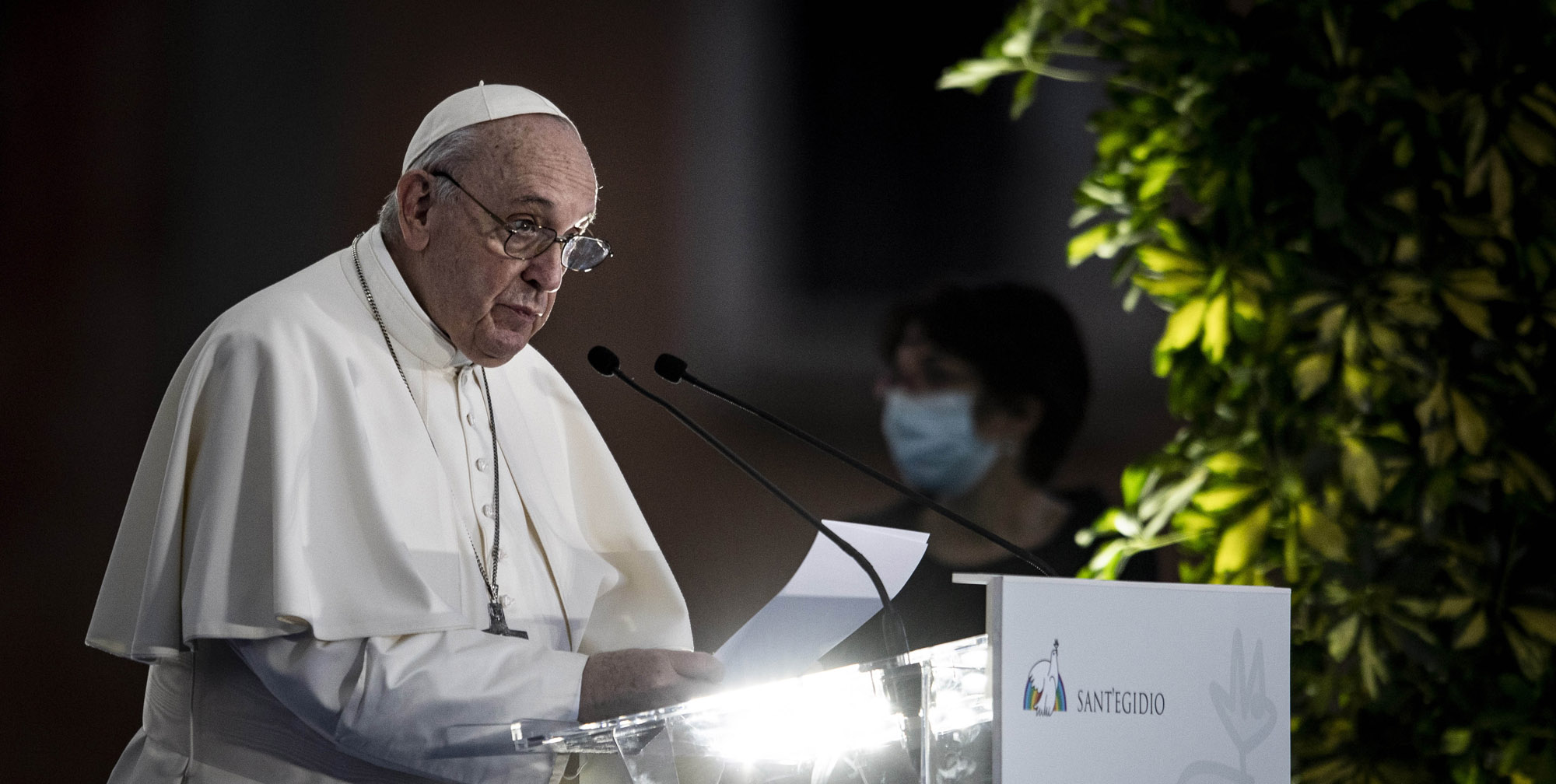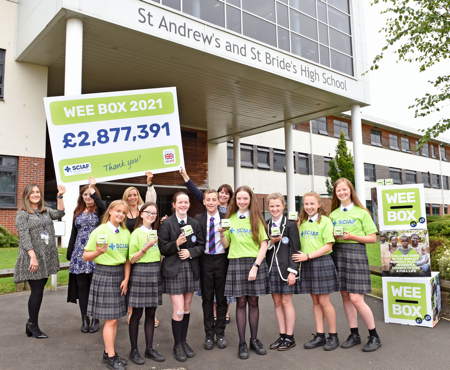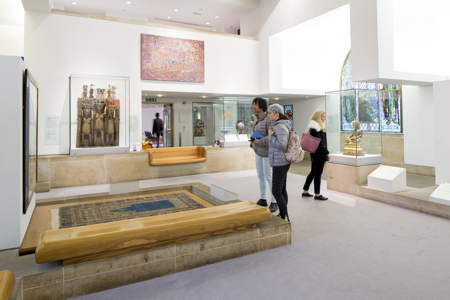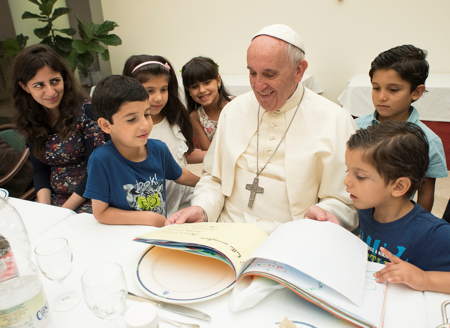
Official Journal of the Archdiocese of Glasgow
September 2021


Official Journal of the Archdiocese of Glasgow
September 2021

SCIAF appeal

Not even a global pandemic can stop the much-loved Wee Box appeal which SCIAF runs every Lent. That’s the message this month as it emerges that this year’s appeal raised almost £3m.
Read more…
Threat

The St Mungo Museum of Religious Life and Art was opened in 1993 and is situated in the historic and medieval centre of Glasgow.
Read more…
World Day of Migrants and Refugees

Once this health crisis passes, our worst response would be to plunge even more deeply into feverish consumerism and new forms of egotistic self-preservation. God willing, after all this, we will think no longer in terms of ‘them’ and ‘those’, but only ‘us’ …
Read more…